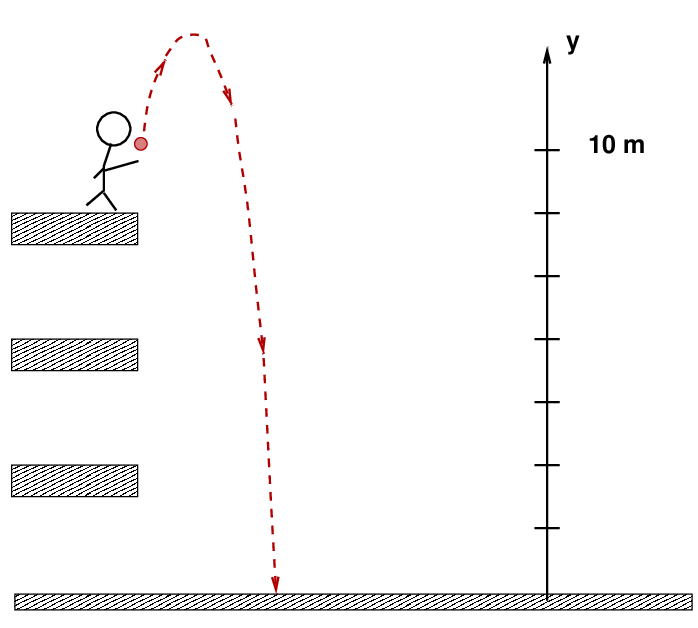
 Copyright © Michael Richmond.
This work is licensed under a Creative Commons License.
Copyright © Michael Richmond.
This work is licensed under a Creative Commons License.
Just as velocity measures the rate at which an object's position changes over time, acceleration measures the rate at which an object's velocity changes over time.

Q: What are the standard units of acceleration?
The SI units of velocity are meters per second per second, or meters per second squared.
Just as one can define velocity in two ways, one can also define acceleration as either
The average acceleration is based on the total change in velocity over some extended time interval. One very common situation in which we compute the average acceleration involves sports cars. Have you ever heard someone say something like this?
"My 2019 Eloquent goes 0 to 60 mph in only 4.8 seconds"
Since we are told the initial velocity and the final velocity, and the time taken to make the change, we can compute the average acceleration of the vehicle.
Q: What is the initial velocity, in m/s?
Q: What is the final velocity, in m/s?
Q: What is the average acceleration of a 2019 Eloquent?
The initial velocity of the car is simply 0 m/s. The final velocity, converted to m/s, is

And so we can compute the average acceleration as

On the other hand, the instantaneous acceleration is the acceleration of an object at one particular moment in time.

Joe stands outside our classroom on the third floor of the Gosnell building, overlooking the atrium.

Image courtesy of
RIT's Facebook account
He holds a ball out over the balcony and tosses it upwards gently.

As the ball first rises, then falls toward the atrium floor, its height above the floor, y, is given by the equation

Q: What is the ball's instantaneous acceleration at t = 1 s?
 Copyright © Michael Richmond.
This work is licensed under a Creative Commons License.
Copyright © Michael Richmond.
This work is licensed under a Creative Commons License.